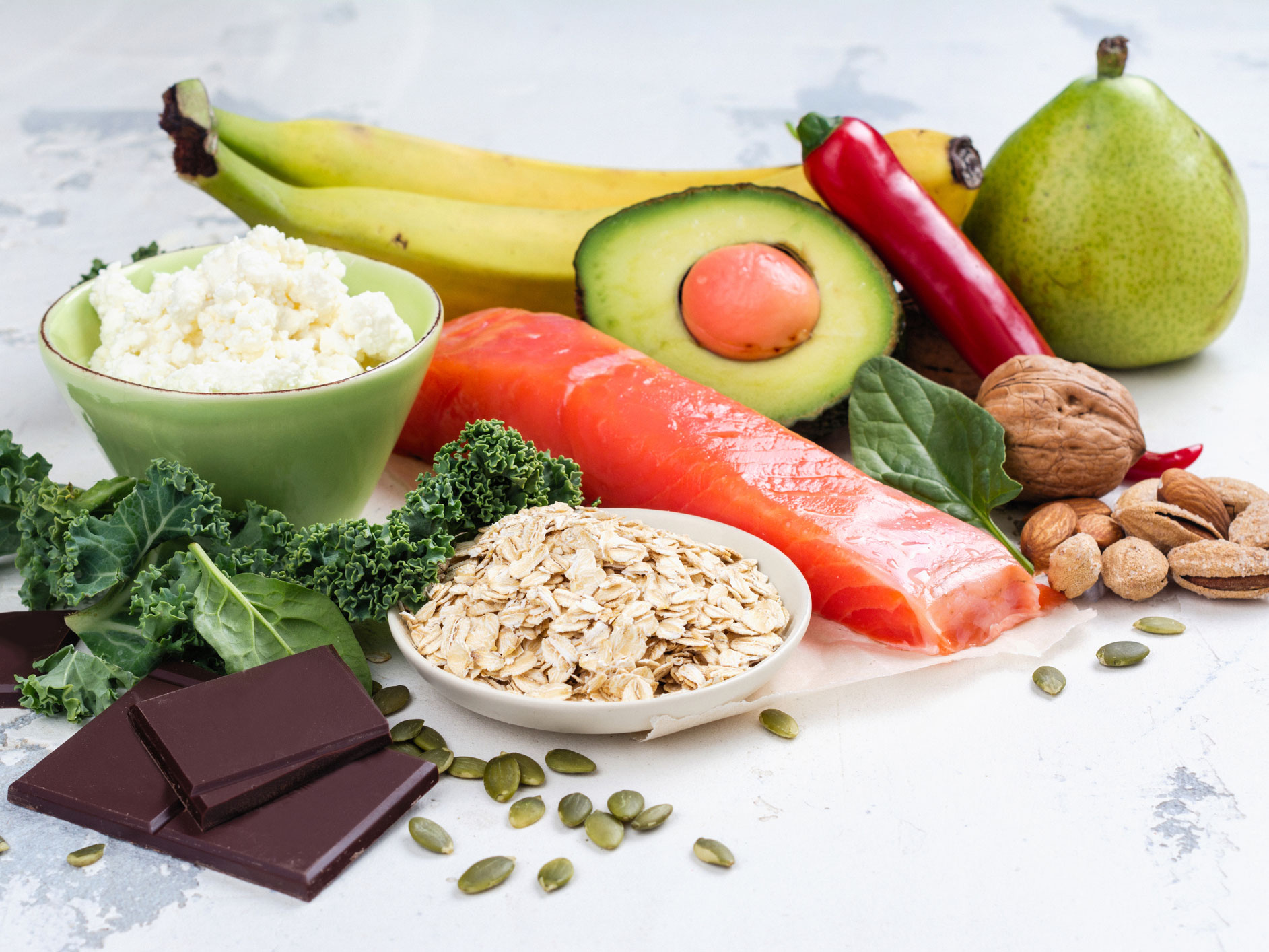Get Easy Health Digest™ in your inbox and don’t miss a thing when you subscribe today. Plus, get the free bonus report, Mother Nature’s Tips, Tricks and Remedies for Cholesterol, Blood Pressure & Blood Sugar as my way of saying welcome to the community!
Can’t stick to keto? Try the ‘super satisfying weight loss diet’ instead

People have tried a lot of approaches to weight loss over the years — eating grapefruit, eating cabbage soup, cutting calories, cutting fat, drinking shakes, counting points, cutting carbs, cutting even more carbs.
Cutting even more carbs seems to be where we’ve landed. The most popular weight loss diet right now — the keto diet — recommends limiting your carb intake to just five percent of your calories per day.
That’s really low. For most people, that’s less than 50 grams of carbs per day.
So, if you’re doing keto, you can forget about eating rice… or really, any grains for that matter. You can also forget about eating high-carb root vegetables like sweet potato, carrots, beets, and turnips too. And legumes? None of those either. Almost all fruit is off the menu as well.
Other keto diet no-nos include alcohol, low-fat dairy, sweetened drinks, sweetened sauces, dips and dressings, and certain oils.
Pretty restrictive, right?
There really must be something to it if so many people are willing to give up all those foods. And there is…
Research shows that the keto diet can help you lose weight and lower the risk of conditions like epilepsy, diabetes, metabolic syndrome and even certain types of cancer.
But clearly, not everyone’s cut out for keto. I know it’s too restrictive for me to ever consider doing it long-term.
If you feel the same way, but you do want to find a diet that helps you lose weight and improves your health, I have another option for you—one that offers similar benefits with a lot more flexibility — the satiating diet.
What is the satiating diet?
Rather than cutting out entire food groups, the satiating diet hones in on foods that make you feel full and satisfied. These foods are proven to reduce hunger, increase metabolism, balance blood sugar and provide other health benefits.
What kind of foods are you allowed to eat?
On the satiating diet, you’ll eat a lot of protein, fiber, fruits, vegetables, and healthy fats. You can eat some legumes too. Basically, if the keto diet and the Mediterranean diet had a baby, it would be the satiating diet.
But the big question… does it work?
Well, there isn’t tons of research on the satiating diet. But the research that does exist is promising.
A small study published in the British Journal of Nutrition found that obese men who ate the satiating diet for 16 weeks lost more weight than men who followed a diet that closely aligned with Canadian national guidelines for healthy eating. They were also more likely to stick to their diet.
That’s exciting. But do you know what’s most exciting about the satiating diet? It solves one of the age-old dilemmas of dieting… feeling so hungry you would eat a stapler if someone put a little ketchup on it.
Satiating diet specifics: How to get started
If you’re ready to give the satiating diet a try, here’s what you need to know…
You want to choose foods that fill you up while providing a megadose of healthy nutrients. Here are some of the foods you should put on your plate most often:
- Apples
- Oranges
- Bananas
- Peaches
- Pears
- Plums
- Pineapple
- Papaya
- Mango
- Leafy greens
- Broccoli
- Brussels sprouts
- Kale
- Cauliflower
- Squash
- Mushrooms
- Tomatoes
- Eggplant
- Avocado
- Brown rice
- Whole-wheat pasta
- Whole-grain cereals
- Oatmeal
- Quinoa
- Farro
- Buckwheat
- Bulgur
- Rye
- Barley
- Seafood
- Poultry
- Lean beef
- Eggs
- Milk
- Yogurt
- Cheese
- Nuts
- Seeds
- Tofu
- Soya
- Legumes
- Chickpeas
- Beans
- Peas
- Lentils
That’s quite a selection! A lot more options than the keto diet, that’s for sure. But how much of everything are you supposed to eat?
Well, on a typical day, you should eat:
- 4 servings of whole vegetables
- 4 servings of whole fruits
- 5 servings of whole grains
- 4 servings of lean protein in each meal
- 1 snack
Sounds simple and satisfying. Why not give it a try? What do you have to lose, after all, but a bit off your belly.
Editor’s note: Are you feeling unusually tired? You may think this is normal aging, but the problem could be your master hormone. When it’s not working, your risk of age-related diseases skyrockets. To reset what many call “the trigger for all disease” and live better, longer, click here to discover The Insulin Factor: How to Repair Your Body’s Master Controller and Conquer Chronic Disease!
Sources:
- What Is the Satiating Diet and Will It Help You Lose Weight? Here’s What an R.D. Thinks — Good Housekeeping
- The Ketogenic Diet: A Detailed Beginner’s Guide to Keto — Healthline
- Have We Found a Diet That Truly Works? — Scientific American
- Diet and Syndrome X — Current atherosclerosis reports
- Ketogenic diet: Is the ultimate low-carb diet good for you? — Harvard Health Publishing
- 15 Health Conditions That May Benefit From a Ketogenic Diet — Healthline
- What You Can (and Can’t) Eat on a Keto Diet — Good Housekeeping
- What Is The Satiating Diet—And Is It Better For Weight Loss Than Keto? — Women’s Health













